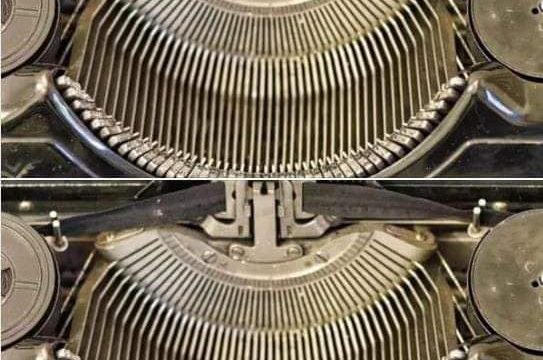
The Vintage Micrometer: A Timeless Tool in Precision Engineering
The micrometer, also known as the micrometer screw gauge, traces its history back to the early 19th century. This remarkable device was first invented by French engineer Jean Laurent Rixens, who patented it in 1829. Designed to measure small dimensions with unmatched precision, Rixens’ micrometer was a revolutionary breakthrough at a time when existing tools struggled with such fine measurements. It wasn’t long before machinists and engineers widely adopted the micrometer, valuing its reliability and precision.
Originally, the micrometer found its main use in manufacturing and mechanical engineering, where exact measurements were crucial for maintaining quality and ensuring the functionality of parts. Over time, the design was refined, with additions like vernier scales and the use of better materials. These enhancements improved both the accuracy and the durability of the micrometer, solidifying its place as an essential tool in precision work.
The vintage micrometer operates using a screw mechanism, which enables precise adjustments for highly accurate measurements. Typically, the tool comprises a calibrated screw, a movable spindle, and an anvil. When an object is placed between the anvil and the spindle, turning the screw moves the spindle closer or further away, compressing the object gently. This allows the user to gauge its precise dimensions.
This tool excels at measuring the thickness of materials, the diameter of small objects, and the distance between surfaces—all with extreme accuracy. Thanks to its ability to measure in micrometers (millionths of a meter) or mils (thousandths of an inch), the micrometer has been indispensable in fields where precision is paramount, such as aerospace, automotive, and precision engineering.
The legacy of the vintage micrometer lies in its central role in advancing precision measurement. Before digital measurement devices became common, the micrometer was essential for quality control and precision work. It enabled machinists and engineers to achieve levels of accuracy previously thought impossible, thus contributing to technological advancements in numerous industries.
Although significant innovations have led to digital and electronic versions with added features, the classic vintage micrometer remains a symbol of precision craftsmanship. Collectors and enthusiasts value these tools not just for their practical use, but for their historical significance and intricate engineering. They stand as a tribute to the spirit of early mechanical ingenuity.
Today, vintage micrometers are often displayed in museums and private collections, showcasing the brilliance of early mechanical engineering. Their continued use in workshops underscores their timeless design and utility. The legacy of the micrometer lives on as a testament to the meticulous craftsmanship and innovative spirit that laid the foundation for modern precision measurement.





